Sharing rice from the "soldier's rice jar"
The "soldier's rice jar" model was born from the "Resistance and National Construction" Directive of the Party Central Committee on November 25, 1945, in the context of the country's difficulties when it had just gained power from the French colonialists. This savings movement was initiated by Uncle Ho himself, aiming to consolidate the government, fight against the French colonialists, eliminate internal rebels, and improve people's lives... During the years of resistance against the French and the Americans to save the country and continuing after, the savings rice jar was still maintained by cadres, soldiers of the armed forces and people in many regions of the country as a humane value, helping difficult cases.
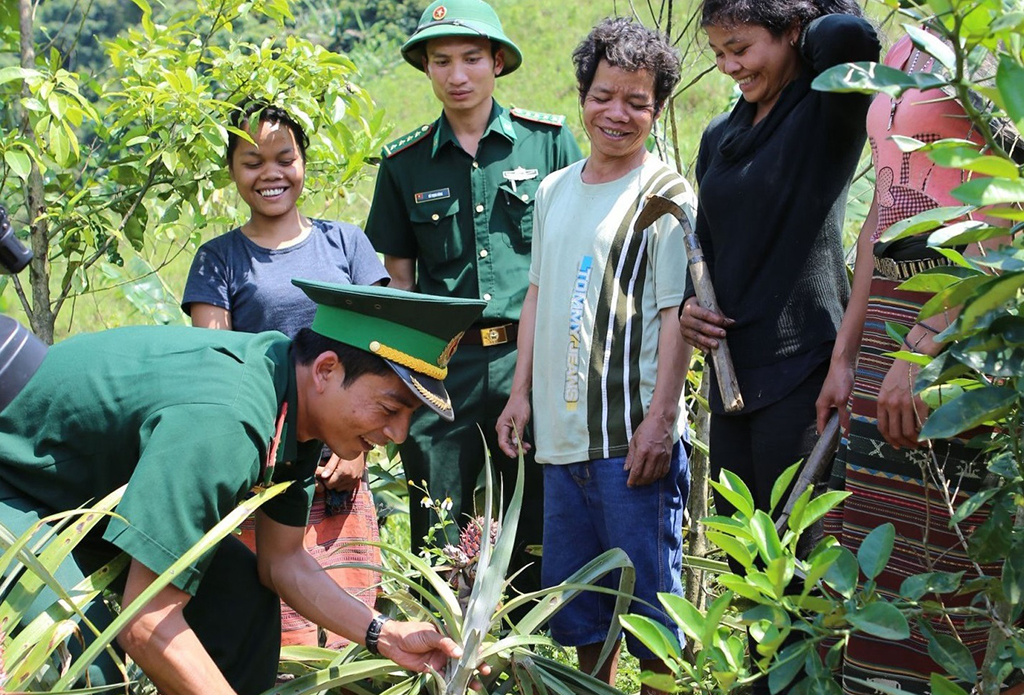
Officers and soldiers of A Dot Border Guard Station instruct people in Ka Loi village (Ka Lum district, Laos) to grow pineapple...
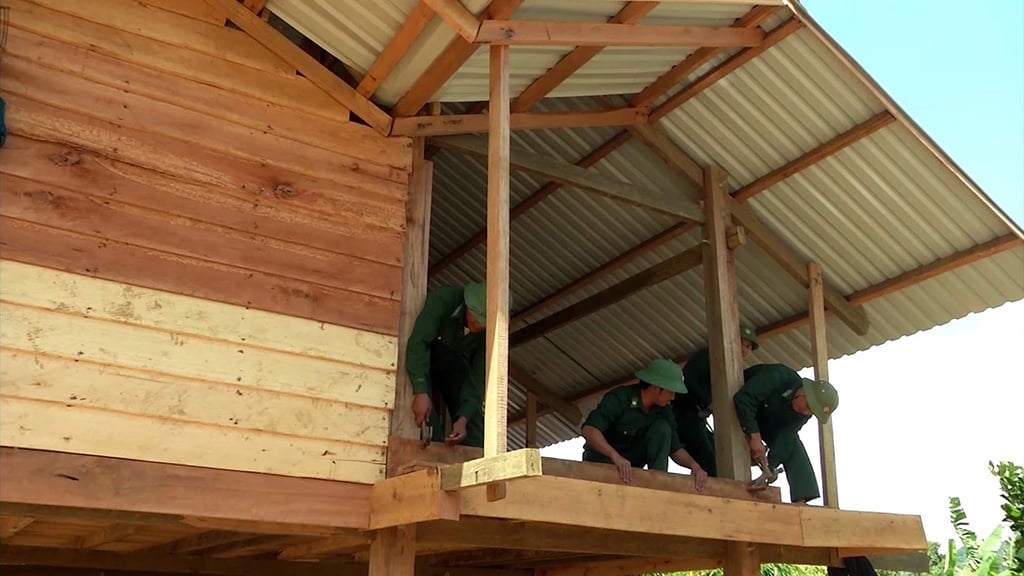
...and build houses for them
At the A Dot Border Guard Station, the soldiers' rice jar is maintained and saved by officers and soldiers to care for and support 2 poor households and 6 students in the program "Helping children go to school".
Lieutenant Colonel Nguyen Quang Manh, Political Commissar of A Dot Border Guard Station (Thua Thien-Hue Border Guard), said that every day, the soldiers in his unit reserve a portion of rice from the meals of officers and soldiers to support these special cases.
When we arrived at the A Dot Border Guard Station, officers and soldiers were preparing gifts for Thao A Diec in Ka Loi village (Laos), an 8th grade student at Ka Lum Secondary School. Thao A Diec will take advantage of the weekend to go and receive the gifts. Thao A Diec and 5 other students in the A Luoi border communes are supported by officers and soldiers with 500,000 VND/child per month. "This movement will be maintained until the children grow up," added Major Vo Xuan Minh, Deputy Political Commissar of the A Dot Border Guard Station.
Not only supporting students to go to school, young officers and soldiers also coordinated with the Youth Union of 3 communes in the area, Lam Dot, Dong Son, Huong Phong and Ta Vang Border Guard Station, Border Guard Company 531 (Laos) to organize flag-raising programs at landmark 666. Young forces of the two countries are always present in the programs of general cleaning of border gate areas, propaganda on border protection, landmarks for people in border areas, Green Sunday, Village Return Day, Volunteer Saturday... Many children were given gifts and free haircuts after such exciting weekends.
Carrying cement and corrugated iron to build houses for Lao people
On the other side of the border with Laos, in the A Dot - Ta Vang border gate area, there is Ka Loi village with 120 households and 563 Lao people. Ka Loi village has many blood relations with ethnic minorities in the mountainous district of A Luoi, so they have long been closely connected. Due to difficult travel conditions, there is no car road from the villages to the center of Ka Lum district (Laos), so most activities from medical examination and treatment, shopping... must go through A Luoi. To help people in Ka Loi village stabilize their lives, since 2009, the Border Guard Command of Thua Thien-Hue province has launched a program to support the construction of the first 42 houses.
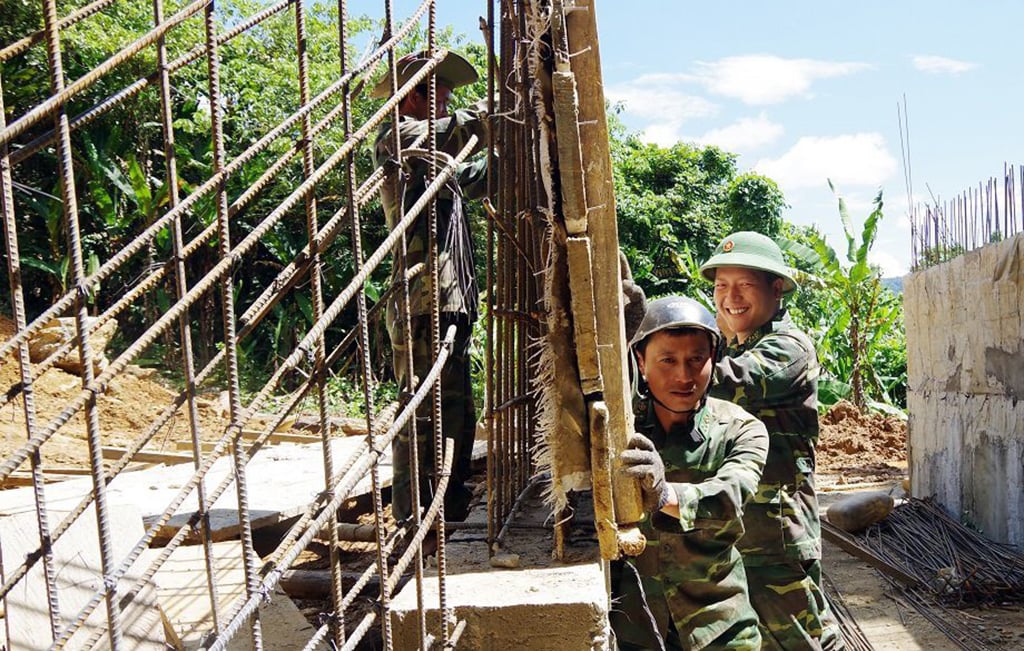
Officers and soldiers of A Dot Border Guard Station build clean water and sanitation facilities for Border Guard Company 531 of Laos.
Lieutenant Colonel Nguyen Quang Manh, Political Commissar of A Dot Border Guard Station, said that this program was directly directed by Senior Lieutenant General Hoang Xuan Chien, Deputy Minister of National Defense (at that time, he was Commander of Thua Thien-Hue Provincial Border Guard). With the spirit of helping friends is also helping oneself to protect the peaceful border, Senior Lieutenant General Hoang Xuan Chien directed the implementation of the program. Later, the Thua Thien-Hue Provincial Border Guard Command continued to implement it and assigned the responsibility to A Dot Border Guard Station.
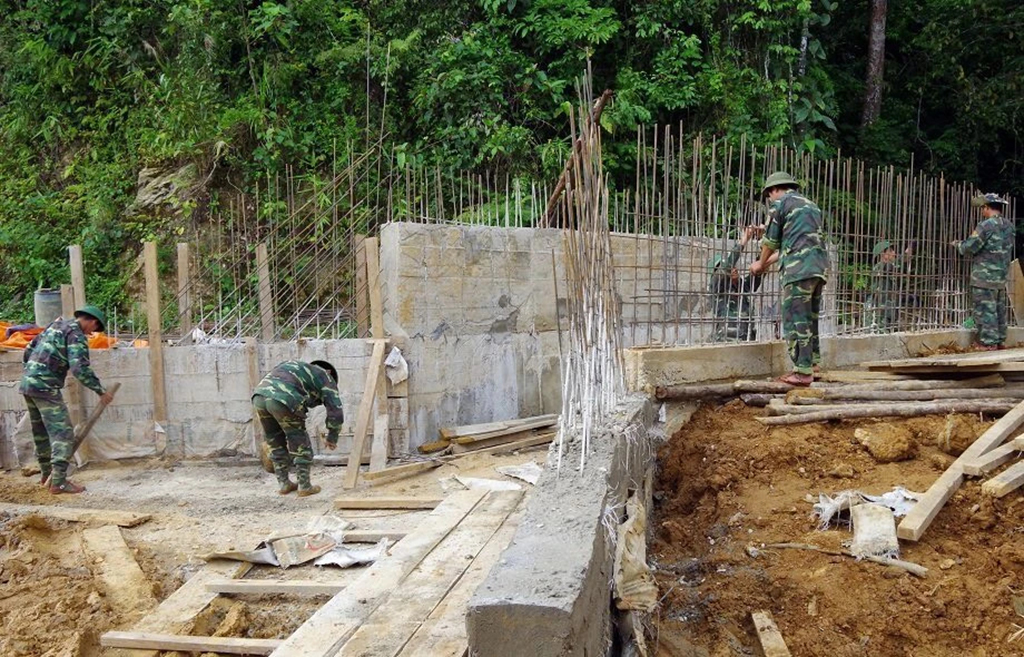
"Up to now, we have built nearly 100 houses for households in Ka Loi village. To build a house for a Ka Loi villager, in addition to materials exploited by local people, officers and soldiers of the A Dot Border Guard Station carried cement and sheets of corrugated iron to the neighboring country for months to eat, live and support the house building," Major Vo Xuan Minh, Deputy Political Commissar of the A Dot Border Guard Station, recalled.
During natural disasters, if there is a request for support from the other side, the A Dot border guards will call and mobilize to provide emergency food support for the people of Ka Loi village. The A Dot border guards also go to the other side to help the people increase production, guide the techniques of growing corn and rice, and give away cows and goats...
Mr. Thao Dien, Deputy Head of Ka Loi Village (Laos), said that if the people of Ka Loi village did not receive support from the officers and soldiers of the A Dot Border Guard Station and the sectors and levels of Vietnam, it would be very difficult. From houses, crops, livestock... all are supported by the Vietnamese side. If they are sick or have any disease, they go to Vietnam for treatment. The stable life of the people of Ka Loi village is a "slice" of the friendly border, to further strengthen their emotional ties, join hands to protect the peaceful border, and foster the tradition of affection between the people of Vietnam and Laos. (to be continued)
Source: https://thanhnien.vn/bien-cuong-huu-nghi-cham-lo-doi-song-nguoi-dan-bien-gioi-lao-185240602222719708.htm



![[Photo] Ho Chi Minh City after 50 years of national reunification through buildings and symbols](https://vstatic.vietnam.vn/vietnam/resource/IMAGE/2025/4/15/a224d0b8e489457f889bdb1eee7fa7b4)
![[Photo] Air Force actively practices for the April 30th celebration](https://vstatic.vietnam.vn/vietnam/resource/IMAGE/2025/4/15/16fdec3e42734691954b853c00a7ce01)
![[Photo] General Secretary To Lam meets with veteran revolutionary cadres, meritorious people, and exemplary policy families](https://vstatic.vietnam.vn/vietnam/resource/IMAGE/2025/4/15/7363ba75eb3c4a9e8241b65163176f63)
![[Photo] Welcoming ceremony for Prime Minister of the Federal Democratic Republic of Ethiopia Abiy Ahmed Ali and his wife](https://vstatic.vietnam.vn/vietnam/resource/IMAGE/2025/4/15/77c08dcbe52c42e2ac01c322fe86e78b)

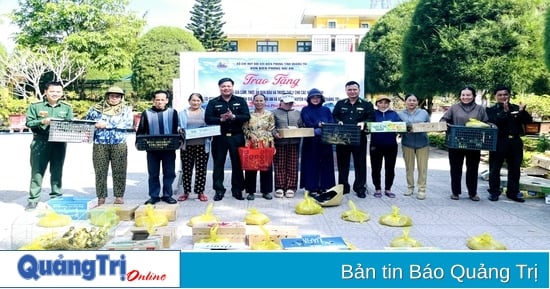

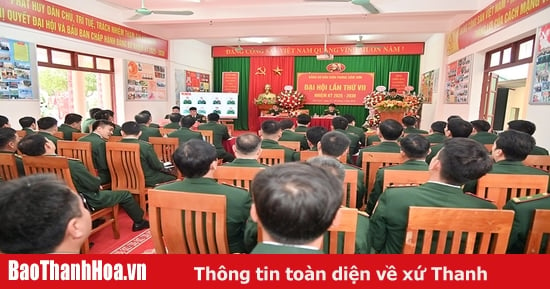

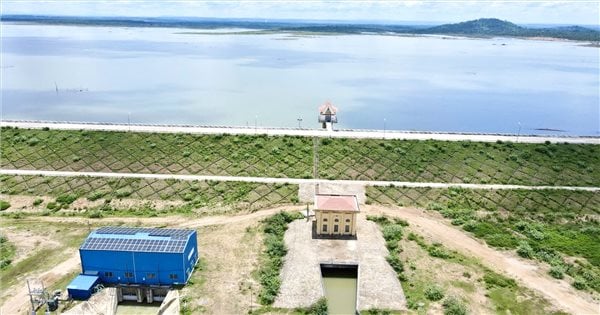



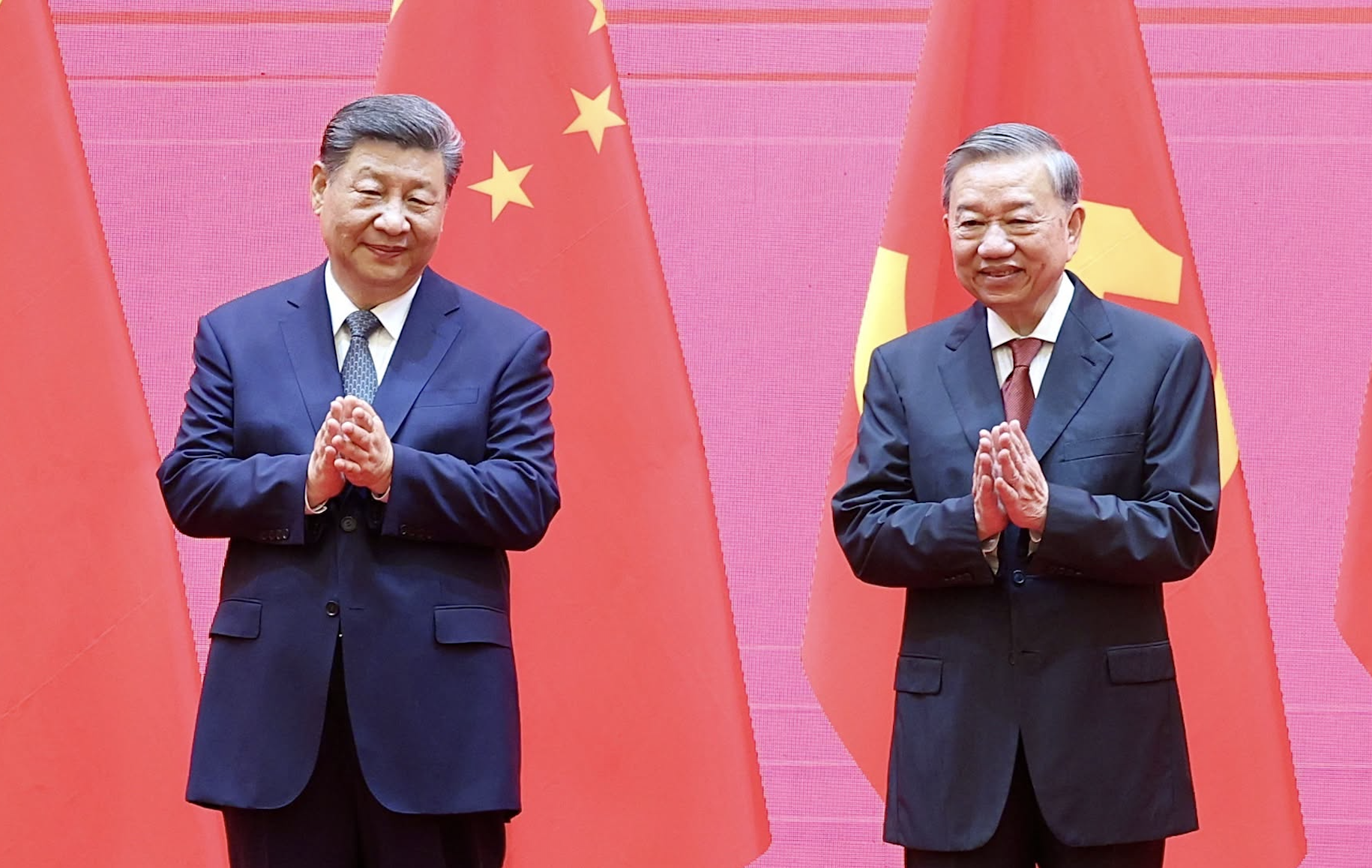


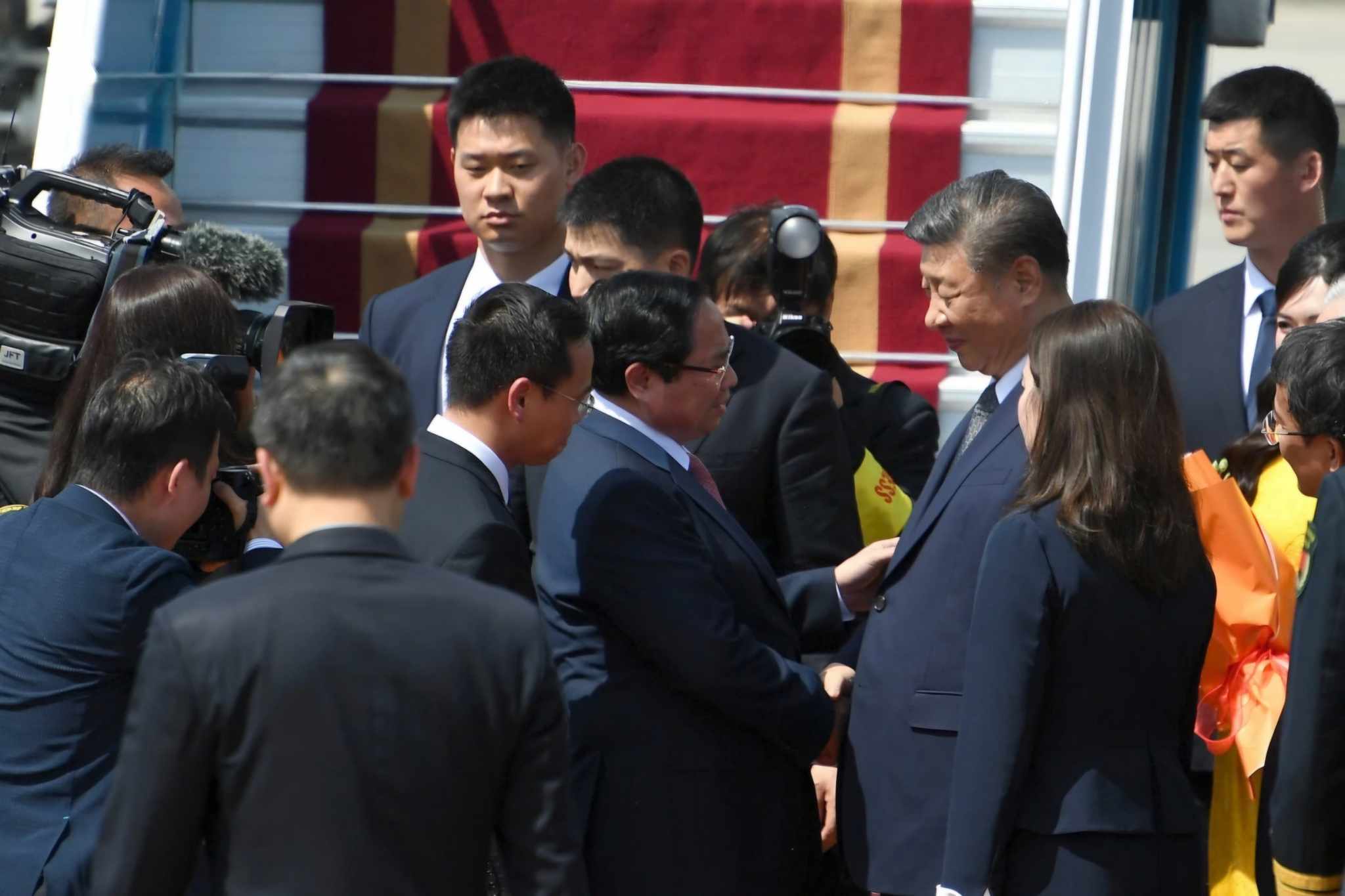
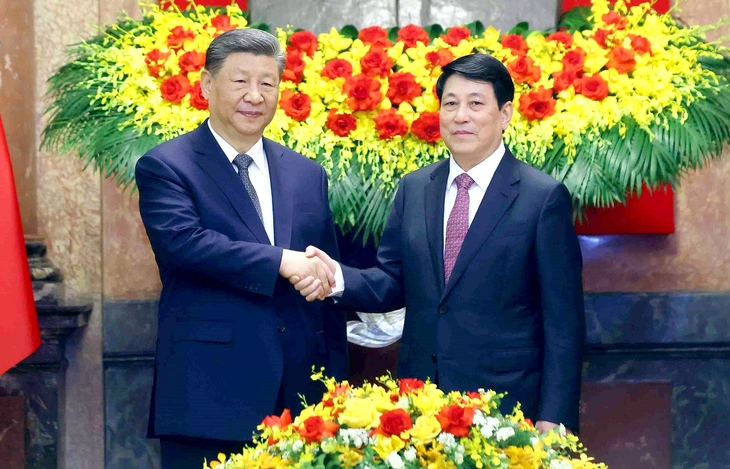



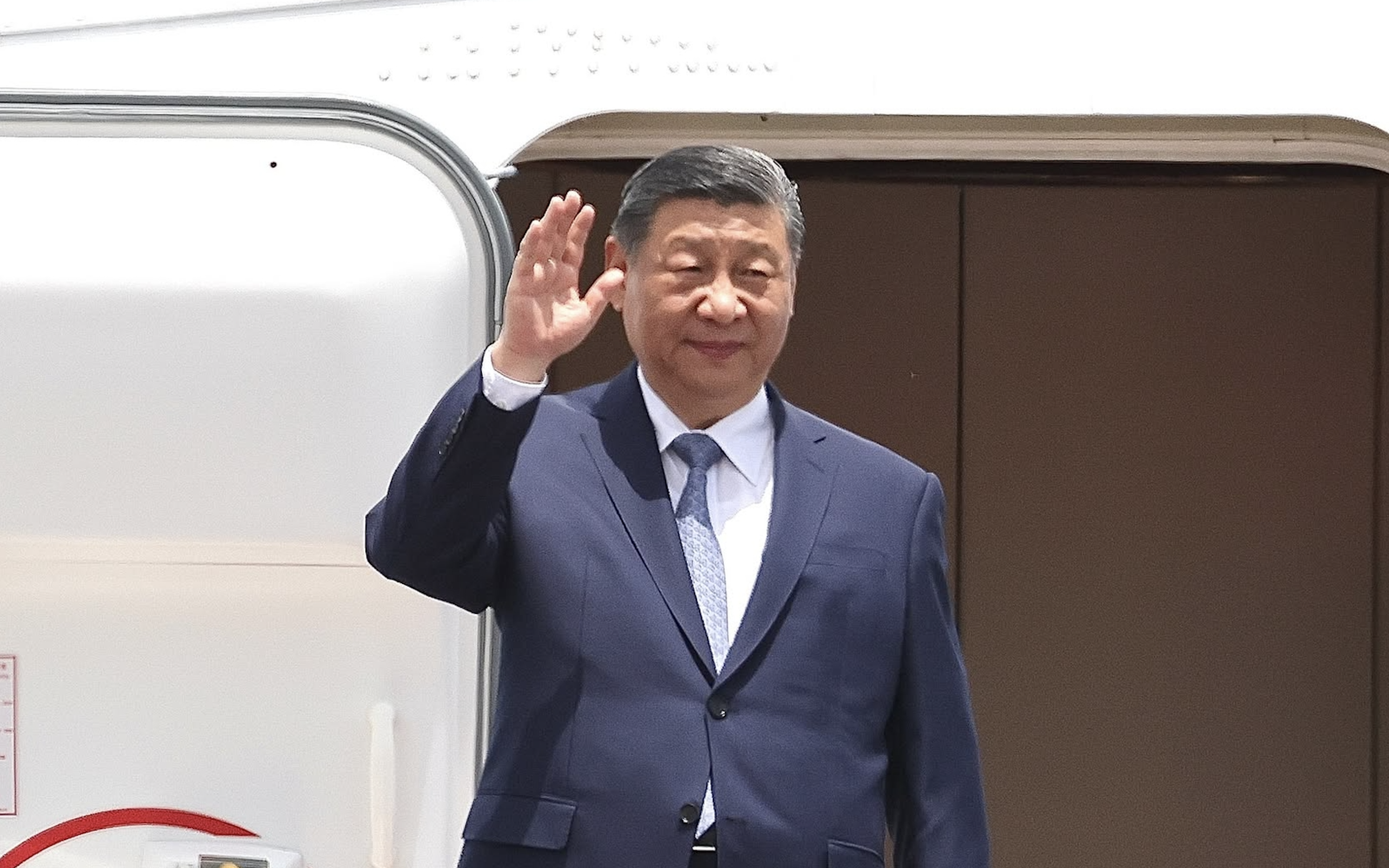
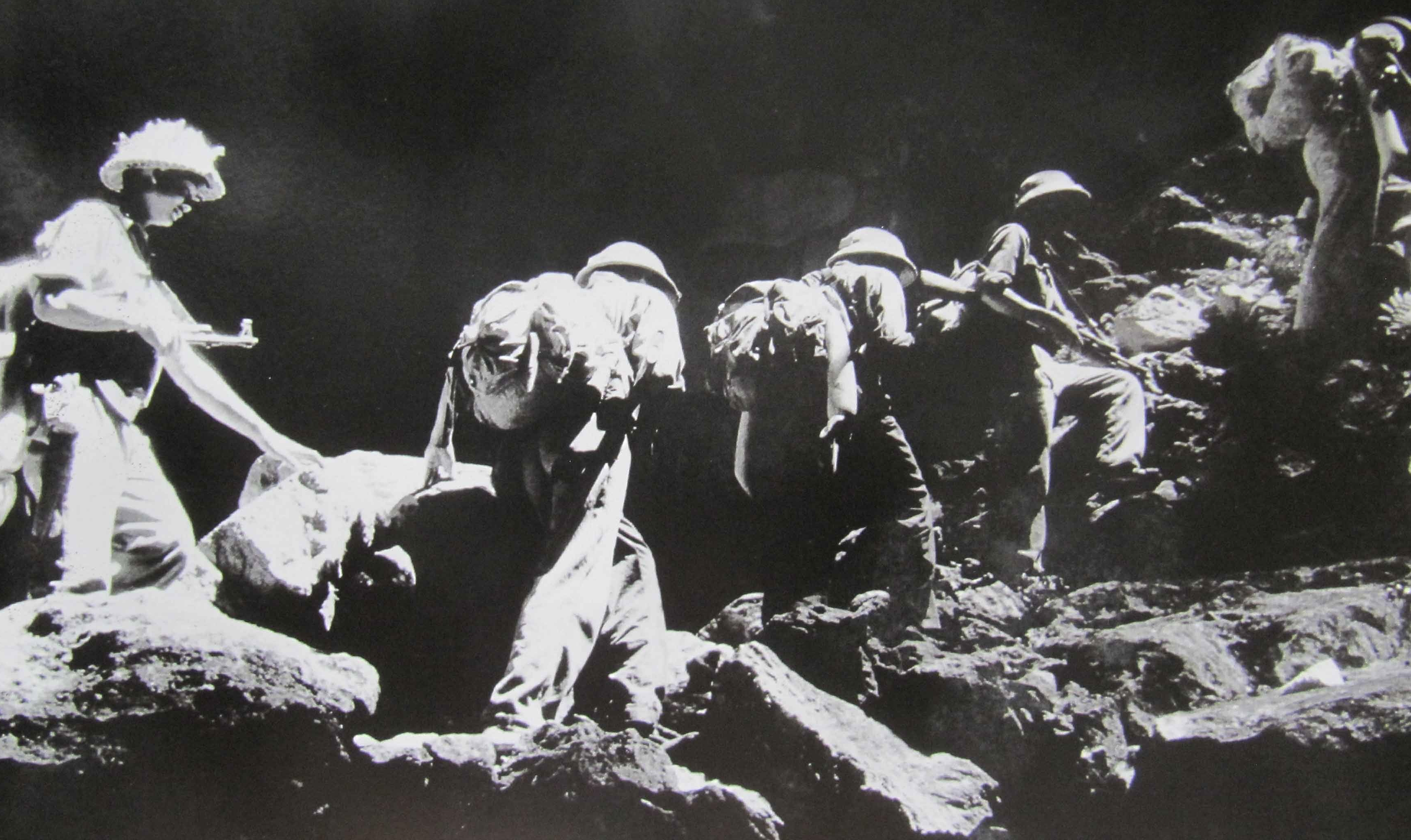

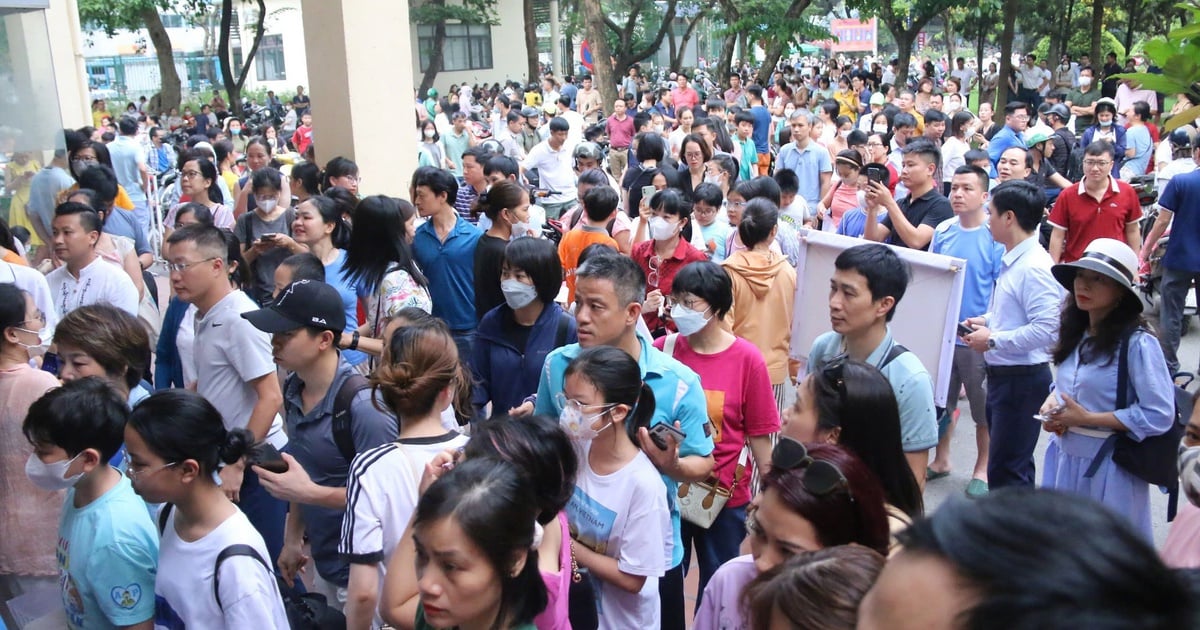


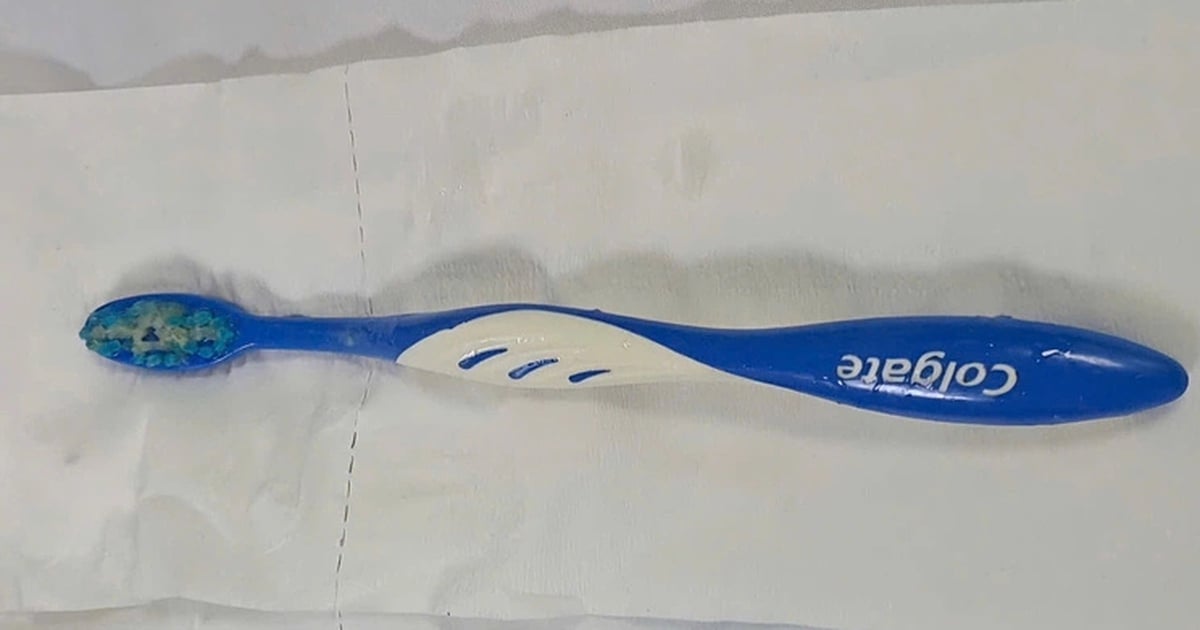

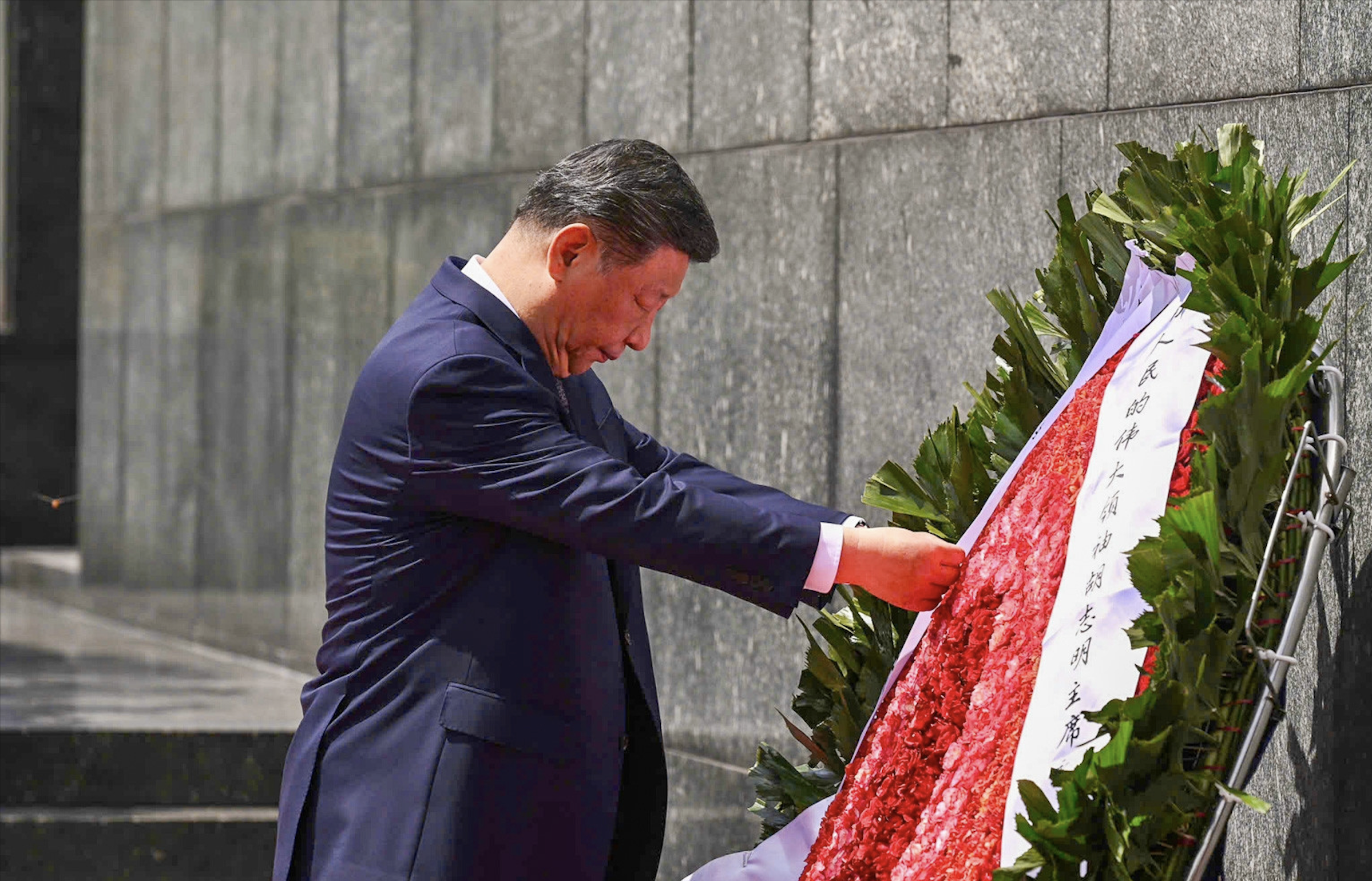





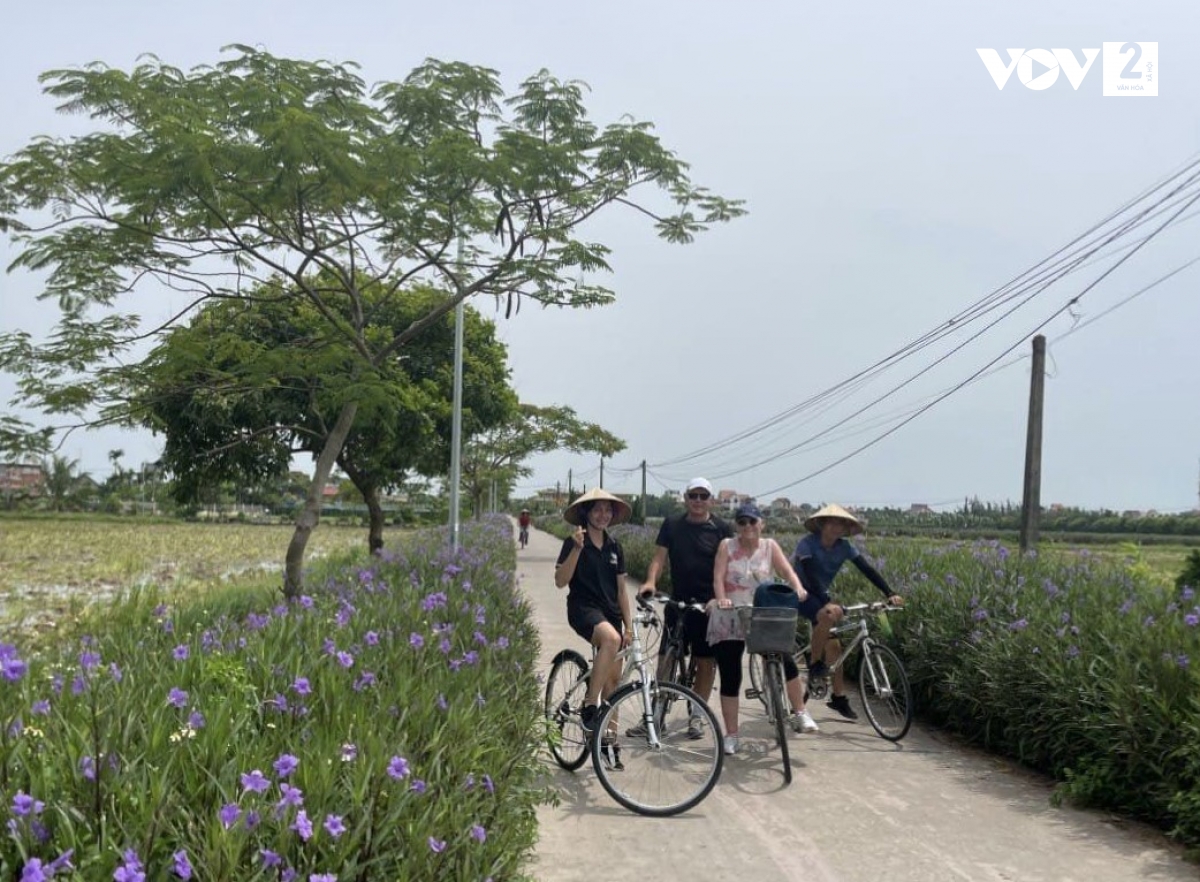

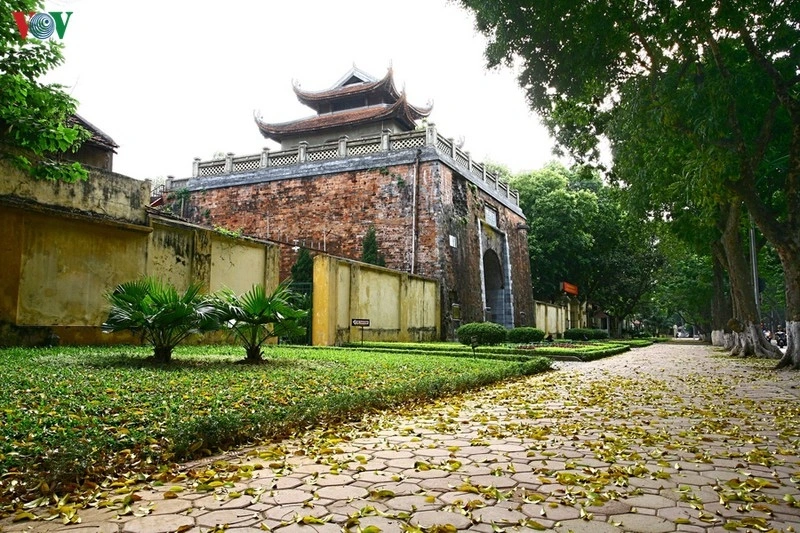











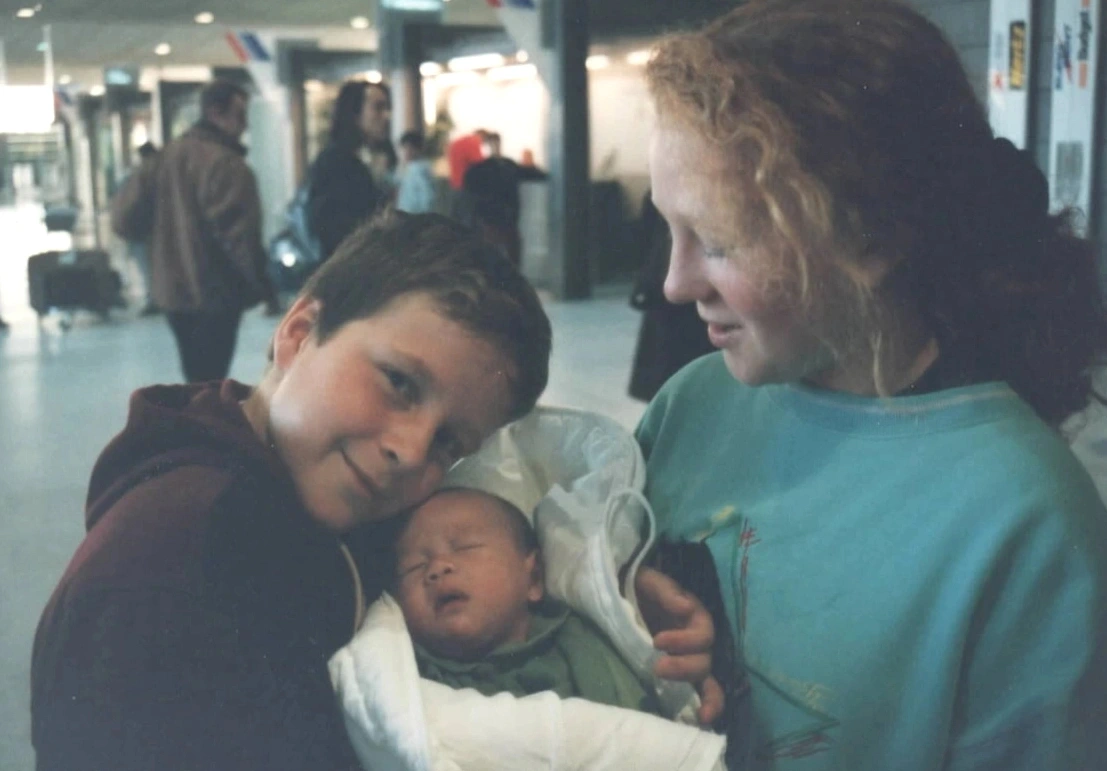

















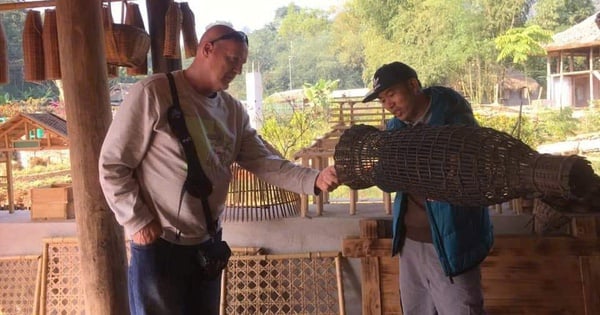

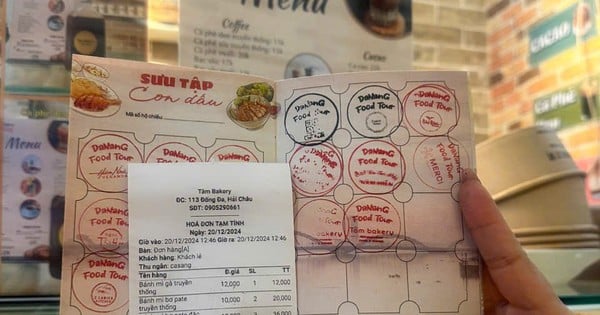
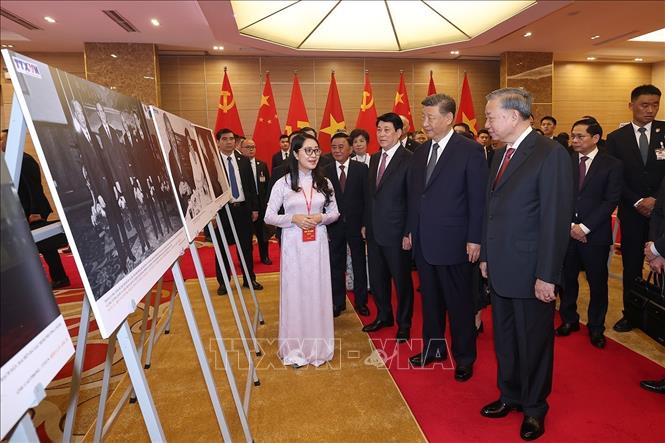


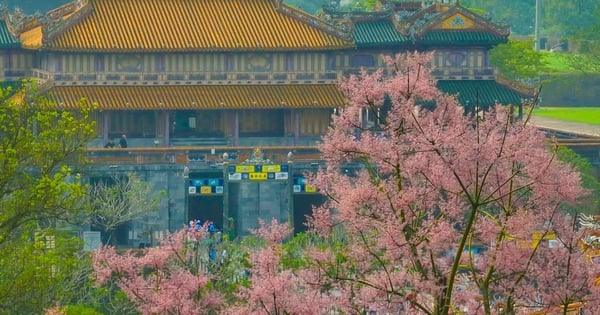



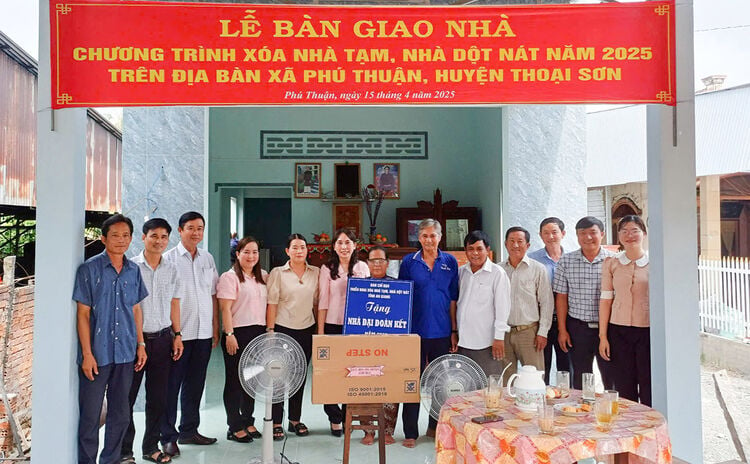

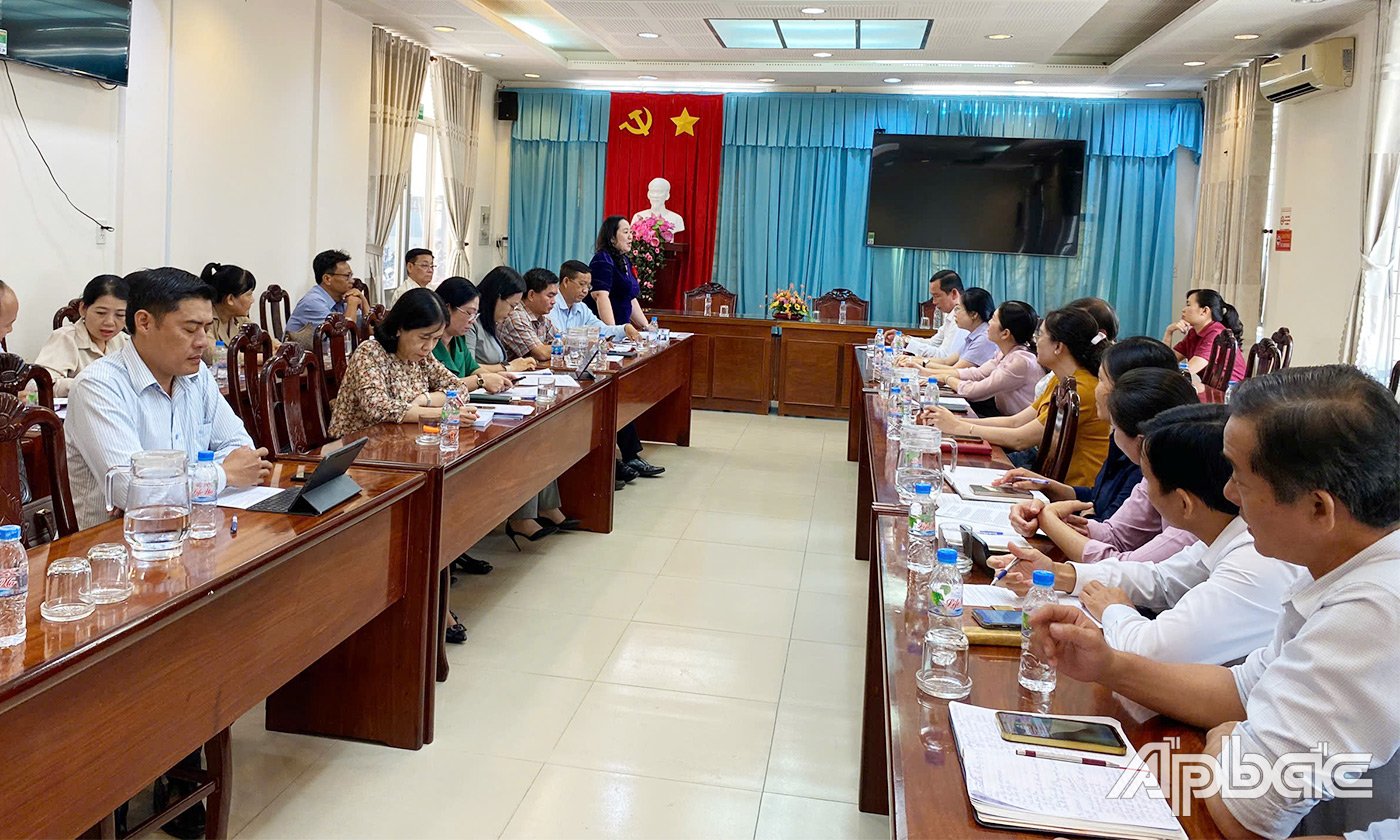
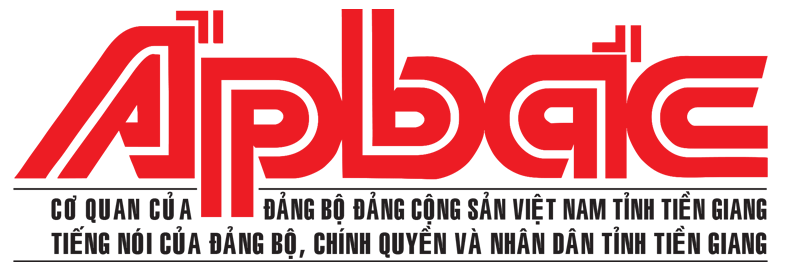


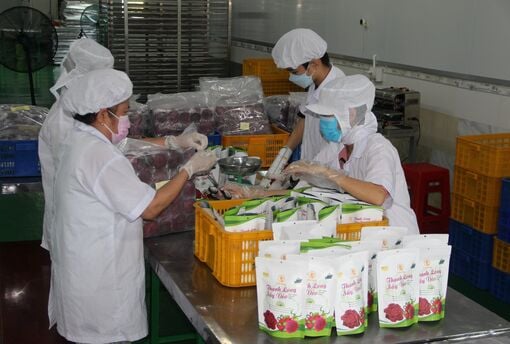
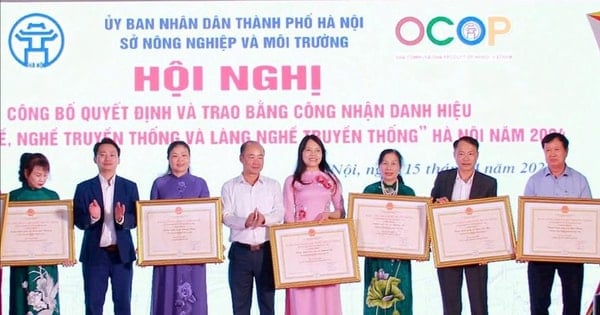
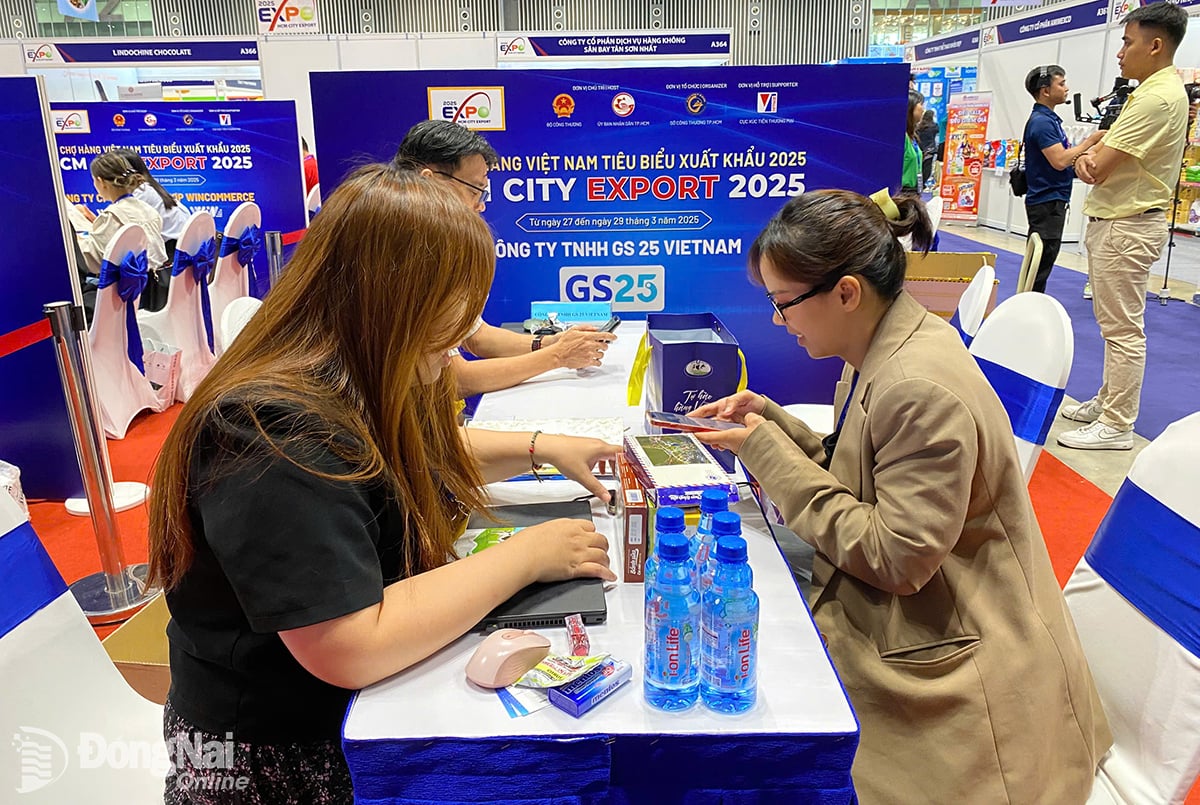

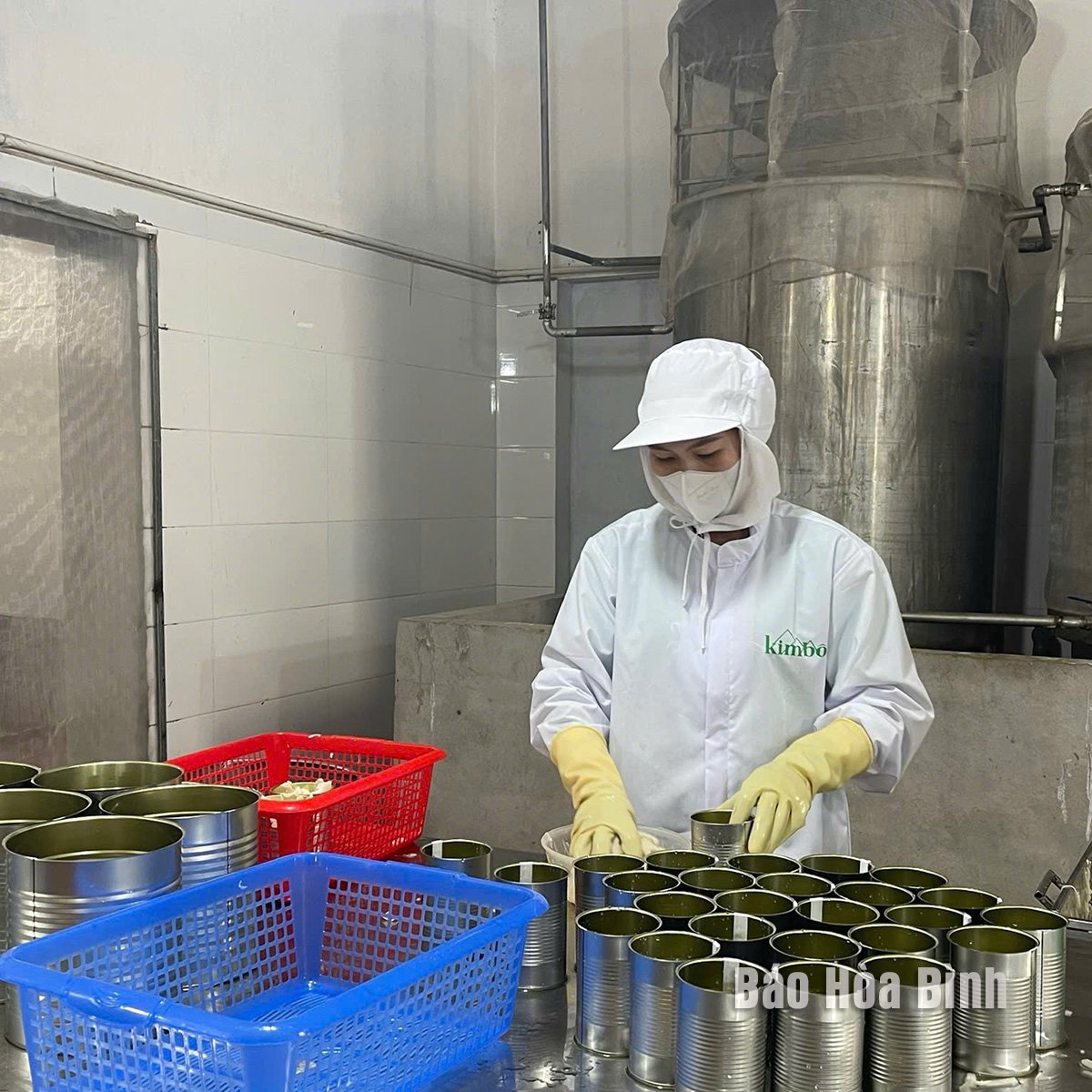



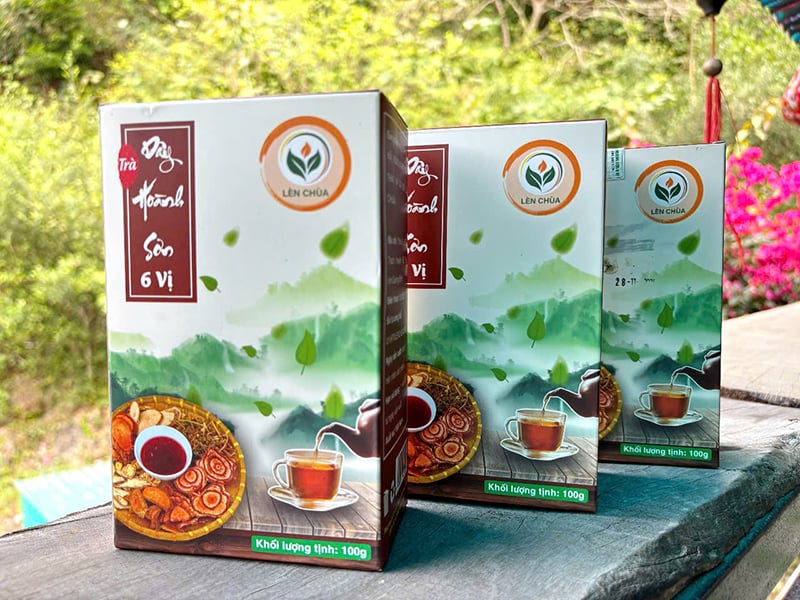
Comment (0)